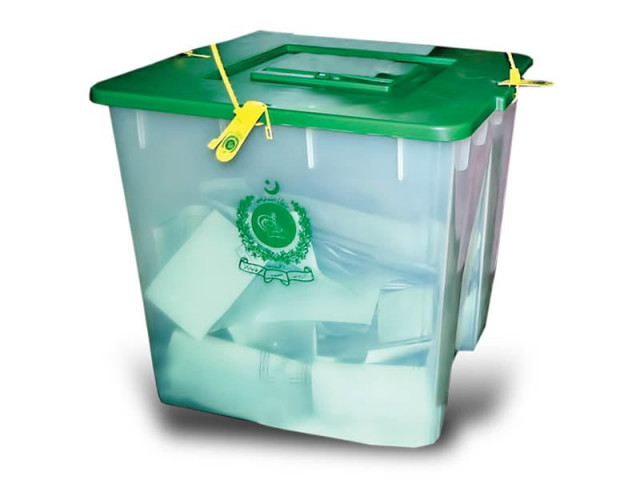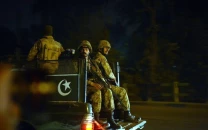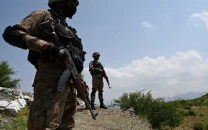Final electoral rolls: Not a single district boasts of female voter majority
New voter lists show abysmally skewed male-female ratio, with FATA remaining the direst of all.

The final electoral rolls have revealed that there is not a single district across the country where the number of female registered voters was more, or even equal to, male registered voters — with the gender schism in Fata being abysmally skewed.
The militancy-hit Federally Administered Tribal Areas bordering Afghanistan have the lowest female-male ratio among the registered voters in the new voters’ list — exemplifying the persistence of rigidly conservative trends in the region.
In the newly-released electoral lists, North Waziristan Agency – one of the country’s most troubled areas and considered to be the bastion of militants – stands worst with only 7% of the registered voters being female: out of a total of 156,591 registered voters, only 10,863 are female.
The exact data of population is not available since the census has not been carried out for the past 14 years, however, the ratio of female-male voters is overwhelmingly skewed despite the fact 52% of the total population is female according to the 1998 census.
The Election Commission of Pakistan (ECP) has recently released the new voters’ list it complied with the help of the National Database and Registration Authority (NADRA). And it is for the first time the country has computerised the voters’ list compiled on the basis of national identity cards.
Overall in Fata, a paltry 33% registered voters are female — statistics show that out of the 1.67 million registered voters, 1.12 million are male and there are only 555,234 women voters in the whole area.
In the militancy-infested areas, women are discouraged to register themselves and if registered, they are mostly not allowed to use their right of franchise.
Similarly in South Waziristan, the female registered voters stand at 32% — of the total 202,553 registered voters in the region, 65,585 are female and 136,968 are male voters.
In Kurram Agency, only 40% of the registered voters were female — of the 249,548 registered voters, 99,270 were female as compared to 150,278 males.
Of Mohmand Agency’s 170,455 registered voters, 55,431 were female and 115,024 were male — a 33% female ratio.
Similar trends surfaced for Orakzai Agency where the number of male registered voters is 74,544 compared to 46,585 female voters (38%).
In Khyber Agency – which is one of the most populated of the seven agencies – only 36% of the registered voters were female — where out of the total 319,763 registered voters, female voters are 116,358.
Published in The Express Tribune, August 3rd, 2012.



















COMMENTS
Comments are moderated and generally will be posted if they are on-topic and not abusive.
For more information, please see our Comments FAQ